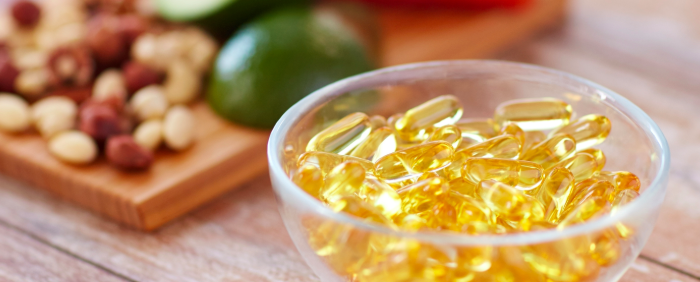
It is important to eat foods rich in omega-3 because the body is unable to produce these fatty acids. However, in most people, the intake of omega-3 from the diet is insufficient. Here’s what you need to know about omega-3s and what you need to do to consume enough.
What is omega-3?
Omega-3s are a group of polyunsaturated fatty acids. There are three types of omega-3s: alpha-linolenic acid (ALA), eicosapentaenoic acid (EPA) and docosahexaenoic acid (DHA). Omega-3 type AAL are essential fatty acids. It is therefore necessary to consume foods that contain or take supplements because the body is not able to produce. AAL-type omega-3s are found in nuts, linseed, soy products, some vegetable oils, and fortified omega-3 products such as eggs, milk, and margarine. Since the body can only produce omega-3s of the EPA and DHA type in small amounts, it is important to consume foods rich in omega-3 like EPA and DHA such as fish, seafood and olive oils. fish.
Health benefits
Omega-3s have several beneficial effects on health. According to the UK’s Scientific Advisory Committee on Food, many studies indicate that the consumption of fish, particularly oily fish, reduces the risk of heart disease. According to the American Heart Association, omega-3s of the EPA and DHA type can lower blood pressure and decrease the accumulation of fat in the arteries. Studies have shown that eating omega-3, fish and fish oil can reduce the risk of heart attack and heart failure. In addition, omega-3s can reduce inflammation and contribute to the development of the brain, eyes and nerves in newborns.
Is your omega-3 intake enough?
Dietitians of Canada and Canada’s Food Guide recommend eating at least two servings of fish each week, especially fatty fish such as salmon, char, sardines and trout. One serving is 75 grams – about the size of a deck of cards. Two servings of fish each week provide 300 mg to 450 mg of omega-3 EPA and ADH per day. Omega-3 intake of AAL is expected to be 1100 mg per day for women aged 19 and older, 1400 mg daily for pregnant women and 1300 mg daily for women who are breastfeeding.
The choice of a supplement
If your intake of omega-3 from the diet is insufficient, you may want to take a supplement. Make sure a Natural Product Number (NPN) is on the label. This means that it meets Health Canada standards, has been purified and has been tested for heavy metals, pesticides and contaminants such as mercury, lead, cadmium and PCBs. Omega-3 MegaRed® krill oil contains omega-3s from tiny shrimp-like crustaceans that live in Antarctic waters. A single soft capsule contains an optimal combination of omega-3 and astaxanthin, a powerful antioxidant. Choose easily absorbed omega-3s that promote heart health.